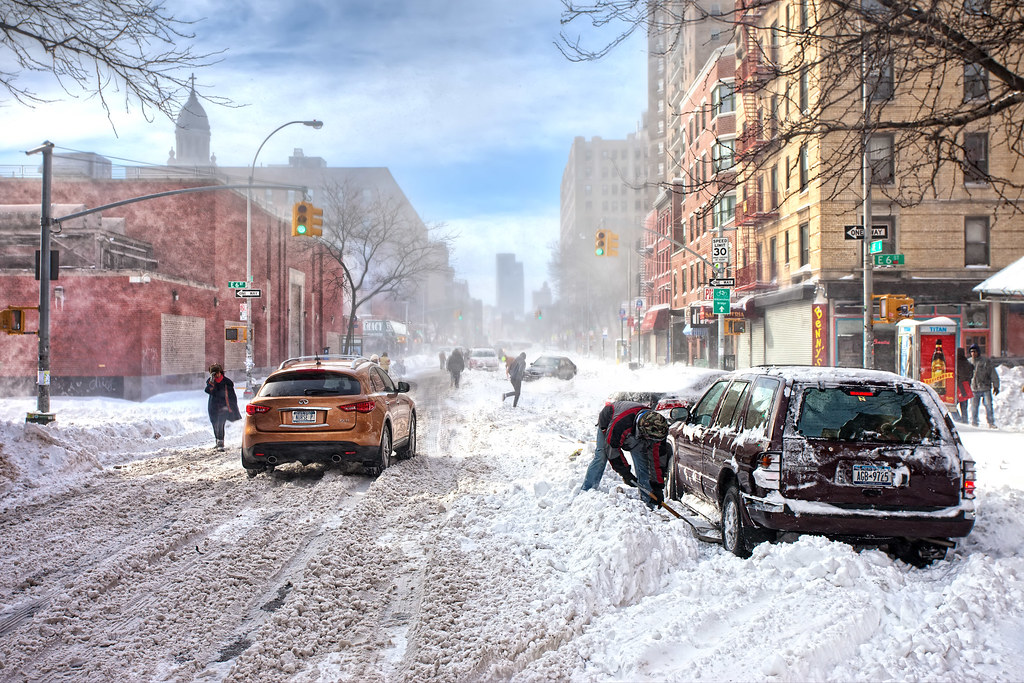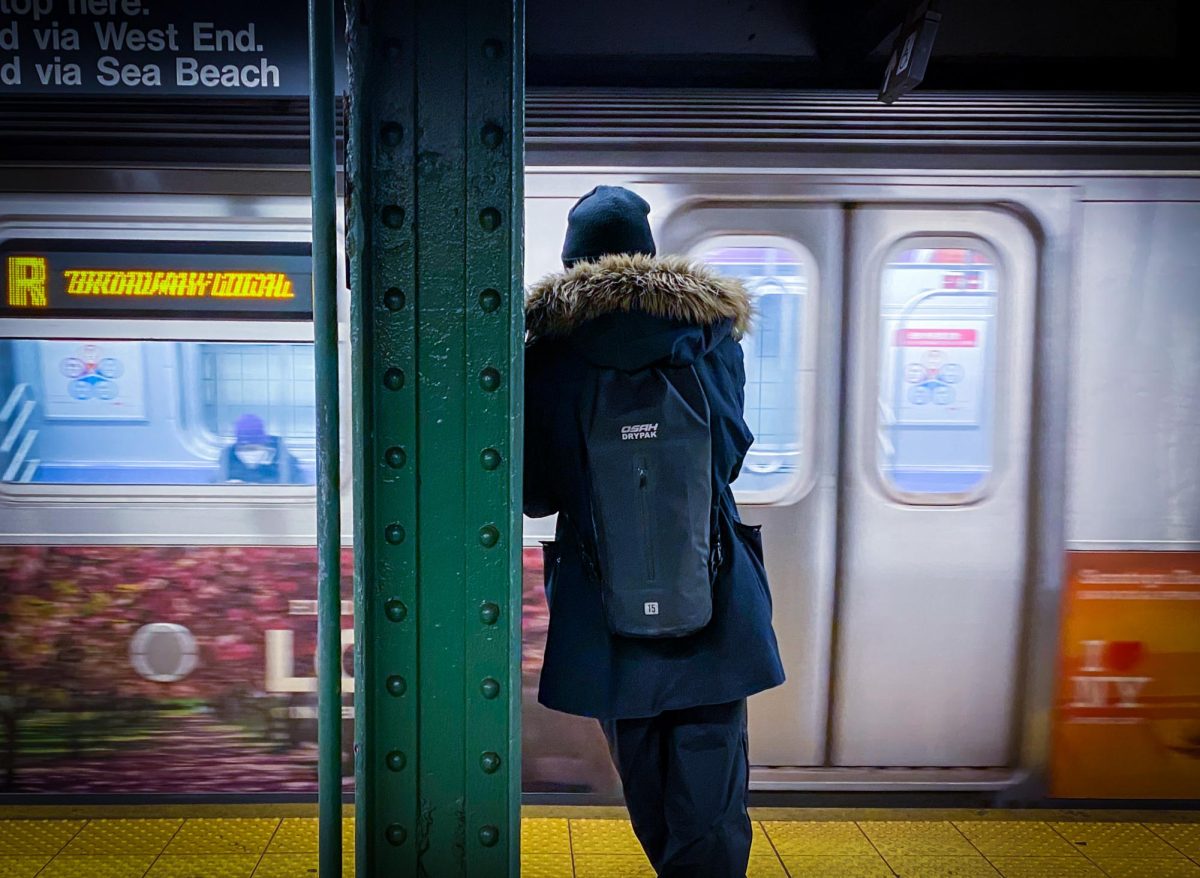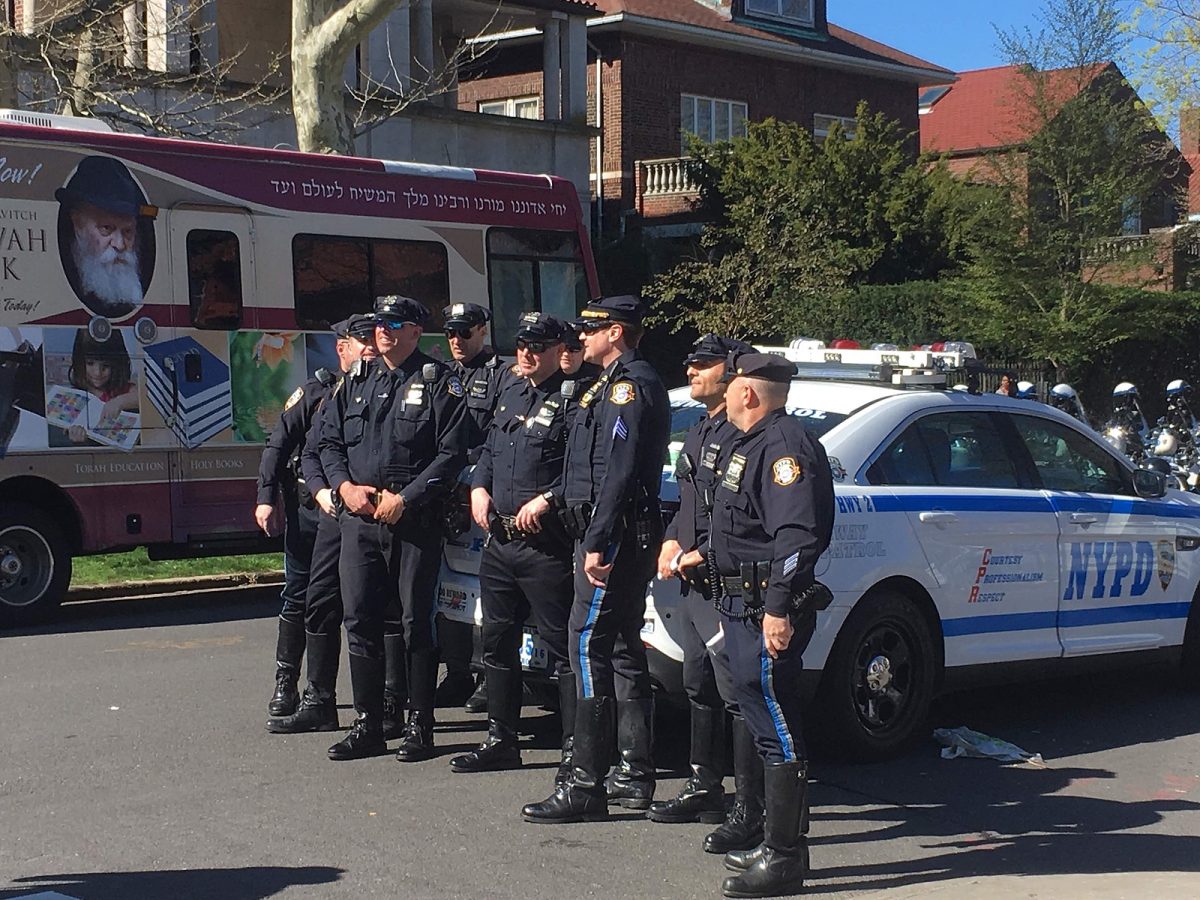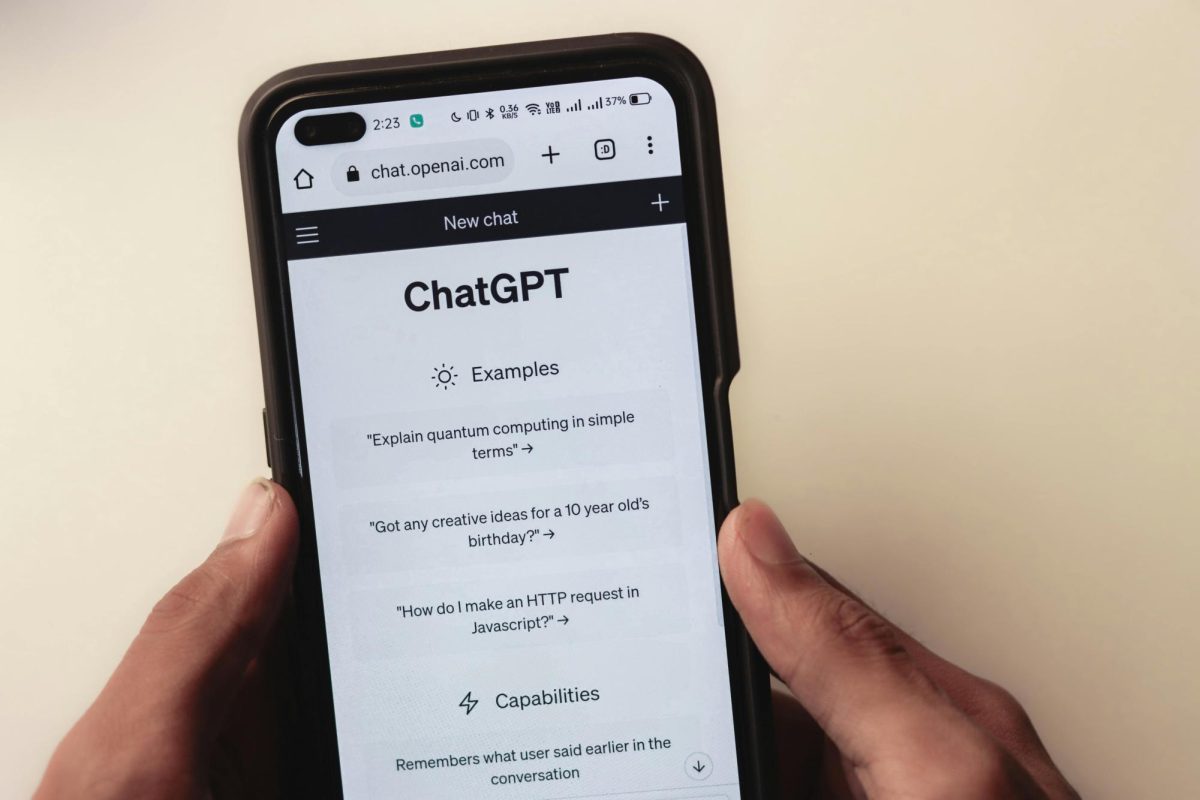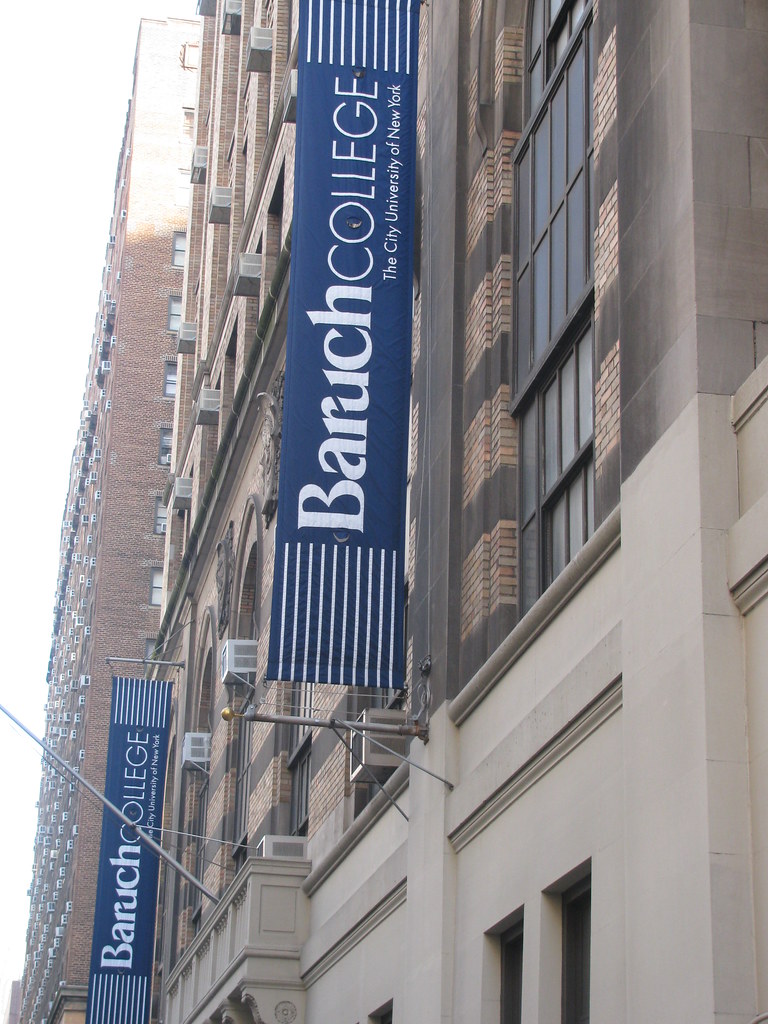As a snowstorm hit New York City on Feb. 13, NYC parents were hit with another storm – the chaos of an immediate transition to online schooling for their children. With public schools closed due to poor weather conditions, more than 900,000 students spent Tuesday in a virtual classroom, but with much difficulty and little structure.
Since the pandemic, virtual platforms such as Zoom and Google Classroom have become increasingly integrated into academia. They appear to be the safety net solution to keeping school consistent and unaffected by external disruptions such as weather conditions.
Although these platforms seem convenient, data shows that 14% of New York students didn’t have access to a device and 13% didn’t have sufficient internet access. The transition to a virtual classroom lacks the consideration of its practicality for urban families.
Many New York households with working parents and multiple school-aged children can’t feasibly participate in virtual classrooms, especially on late notice. The acquisition of a working device, a quiet space and the monitoring of multiple children during the workday becomes the responsibility of parents.
In an urban setting like New York, working parents rely on public school systems to provide the resources and structure necessary for their children’s education. In the case of a last-minute call to move kids online, an assumption is made that parents can take on the extra responsibility and provide the resources and environment necessary to make virtual learning effective.
It’s a challenge that the Department of Education has greatly overlooked.
Tuesday wasn’t only a nightmare for working parents. With the IBM system unable to support the sudden influx of servers, those who had computer access spent hours struggling to connect to the platform. Despite having a trial run a few months prior, the system wasn’t equipped to accommodate the number of users, resulting in a colossal waste of everyone’s time.
With the need to meet a minimum number of school days, public schools had little choice but to require students to use the online platform. However, the challenges faced by students, parents and teachers shed light on New York’s greater issues of technological discrepancies.
New York students lack adequate resources both at home and the school to effectively participate in virtual learning. Until these issues are taken into consideration when planning for virtual days, online classrooms will continue to be as effective as building snowmen and throwing snowballs – but with much more stress and no fun


